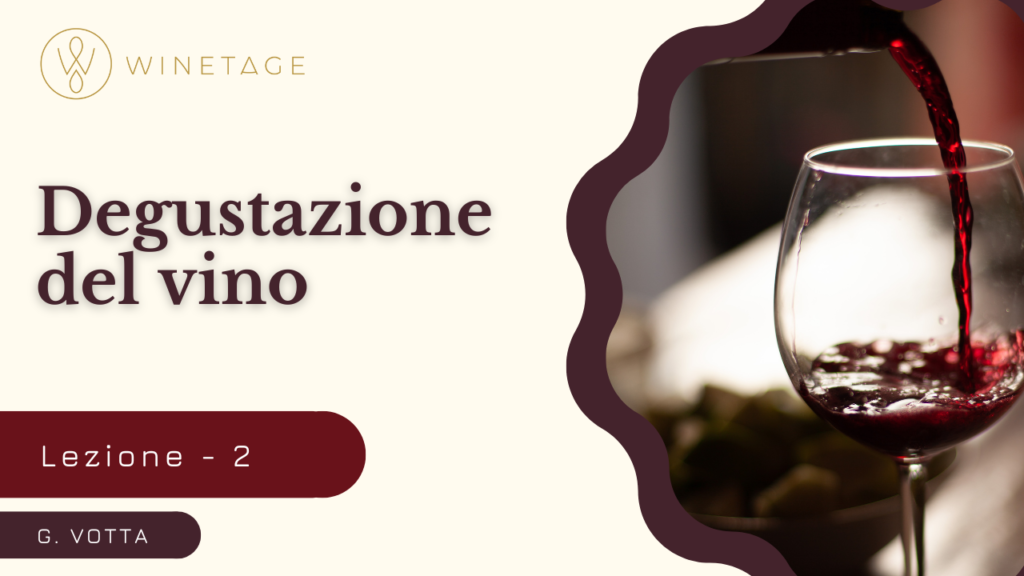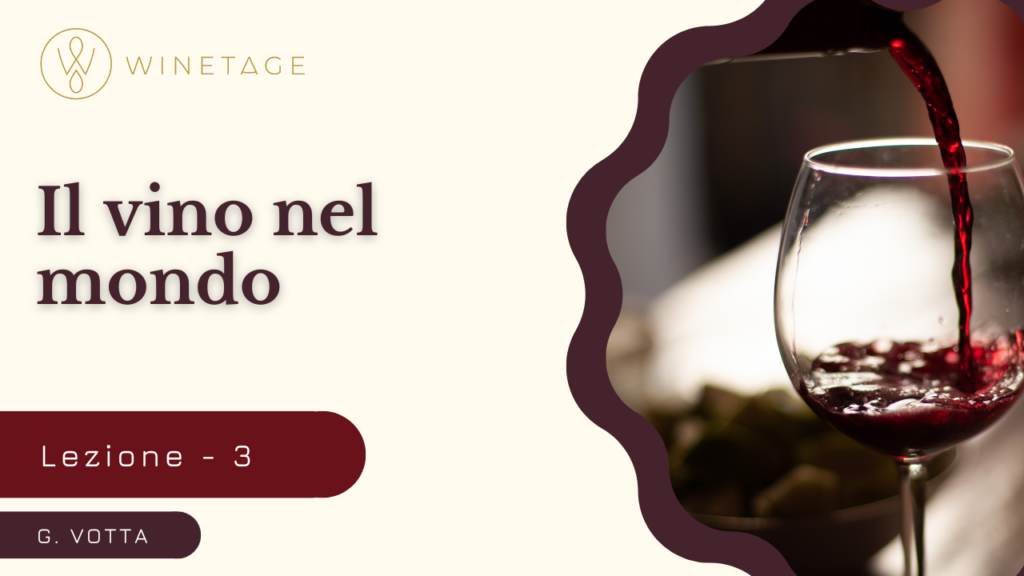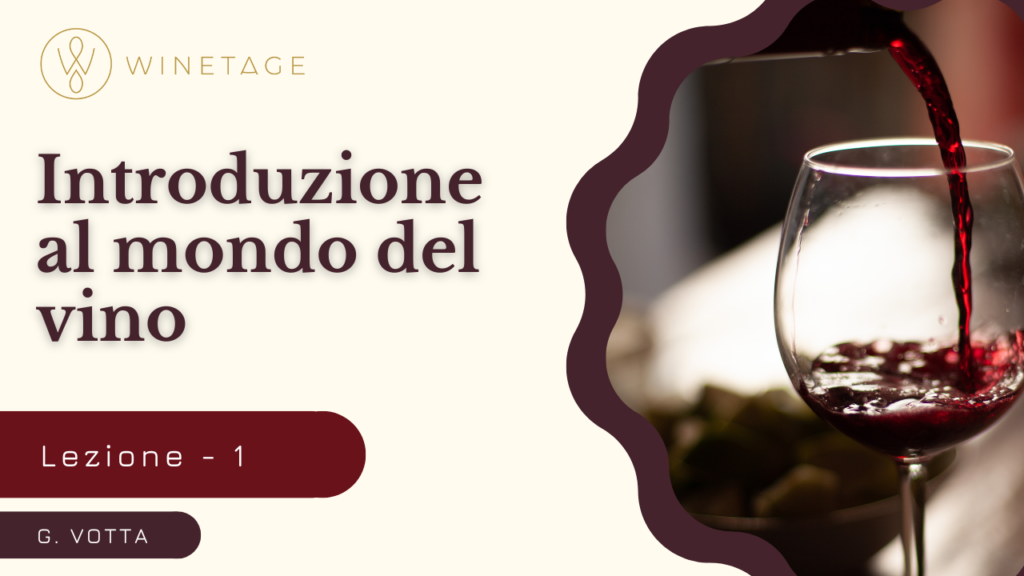
Lesson 2: Wine tasting
Welcome to our second lesson on wine. In this class we will learn how to taste wine, evaluate its sensory characteristics, pair it with food and store it properly.
Wine tasting is a process that involves all our senses: sight, smell and taste. To evaluate the wine, we must first observe it carefully: color can give us clues about its age, body and tannin level. Next, we smell it, trying to detect the scents and aromas present. Finally, we taste it, trying to identify the flavors and mouthfeelings, such as sweetness, acidity and astringency.
To evaluate wine professionally, it is useful to use a tasting sheet, which helps us organize our observations and impressions. In this sheet, we can note the color, aromas, flavors, structure and persistence of the wine.
Another important aspect of wine tasting is pairing with food. Each wine has its own organoleptic characteristics and can be paired with a specific type of food to enhance the flavor of both wine and food. For example, red wine is often paired with red meats or aged cheeses, while white wine is often paired with fish or aperitifs.
Finally, it is important to know how to properly store wine to prevent spoilage. Wine should be stored in a cool, dry environment away from light and heat sources. Bottles should be kept in a horizontal position to prevent the cork from drying out and air from entering the bottle.
In this second lesson we learned how to taste wine, evaluate its sensory characteristics, pair it with food, and store it properly. In the next lesson we will explore the world of wine in the global context, discovering the most important producing countries, appellations of controlled and guaranteed origin, and the world’s most famous wines.





Commenta